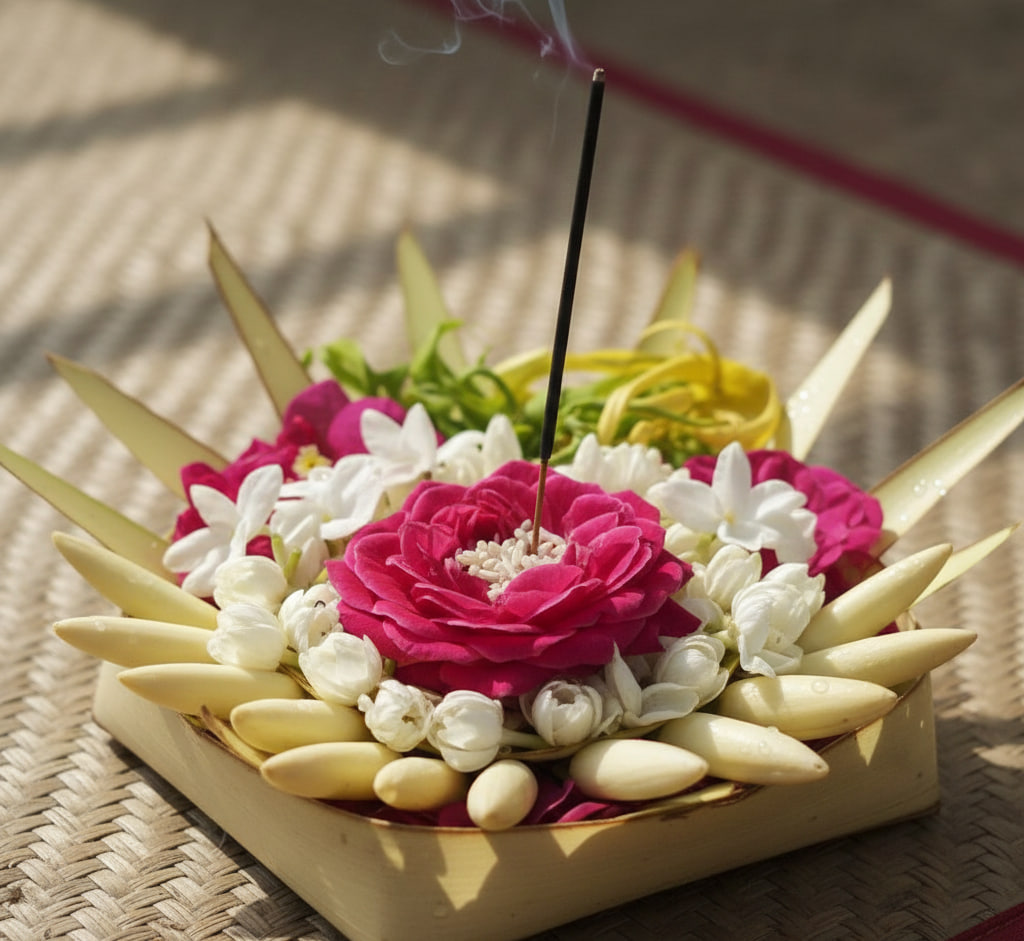News
The Banyan Tree: A Symbol of Life and Royal Protection in Yogyakarta Palace
For the Yogyakarta Sultanate, the banyan tree (Ficus benjamina) is more than just shade. Its towering size, lush canopy, and longevity symbolize strength and the Sultan’s duty to protect his people. Dozens of banyans are planted within the palace grounds, some even honored with sacred names.
The Sacred Banyans of the Northern Square
At the center of the Northern Alun-Alun (public square), stand two banyan trees encircled by square fences, known as ringin kurung—“the caged banyans.” Positioned on the palace’s north–south philosophical axis, they serve as spatial and spiritual anchors. The western tree is called Kyai Dewadaru, while the eastern one is named Kyai Janadaru.
As palace heirlooms, both undergo the Jamasan cleansing ritual every Javanese month of Sura. Their crowns are trimmed into umbrella shapes, symbolizing the shelter provided by the Sultan to his people. Dewadaru means “divine light,” while Janadaru signifies “human light.” Their placement reinforces this philosophy: Dewadaru stands near the Grand Mosque as the spiritual center, and Janadaru aligns with Beringharjo Market, representing economic life. Together, they embody Manunggaling Kawula Gusti—the unity of ruler, people, and God.
Legend says Dewadaru’s seed came from Majapahit, while Janadaru’s lineage traces back to Pajajaran. Both have fallen or been damaged throughout history, then replaced through ceremonial plantings. Over time, Janadaru has also been known as Kyai Jayadaru, while Dewadaru is sometimes called Kyai Dewatadaru.
Other Banyans of the Northern Square
Beyond the sacred pair, 62 banyans encircle the Northern Square, bringing the total to 64—symbolic of the Prophet Muhammad’s age in Javanese reckoning. Four of these outer trees are named, including Kyai Wok and Kyai Jenggot to the north, and Agung and Binatur in front of Bangsal Pagelaran.
Old manuscripts such as Serat Salokapatra and maps from 1929 record different names, many of which relate to parts of the human body, particularly types of facial hair—sideburns, mustaches, beards, and chest hair—further reinforcing symbolic meaning.
Banyans of the Southern Square and Inside the Palace
In the Southern Alun-Alun, two ringin kurung named Supit Urang mirror those in the north. Additional banyans, including pairs named Kyai Wok, and another near the elephant stables, also stand here. Within the palace, banyans can be found in Kemagangan, Kamandhungan Lor, and Sitihinggil Lor courtyards. One, planted during the reign of Sultan Hamengku Buwono VIII, is remembered as Sri Makutha Raja.
The Philosophical Meaning of the Banyan
In Javanese belief, the banyan is the tree of life. With roots that grip the earth, a canopy that provides shelter, and a lifespan stretching across generations, it embodies resilience and authority. Since the era of Islamic Mataram, banyans were carried as sacred heirlooms during palace relocations.
No wonder an old saying emerged: “neres ringin kurung”—literally “stripping the banyan’s bark,” figuratively meaning rebellion against royal power. For the Javanese, the banyan represents the grandeur of the Sultanate, but also the obligation of the ruler to shield his people, just as the banyan shades anyone beneath its branches.



